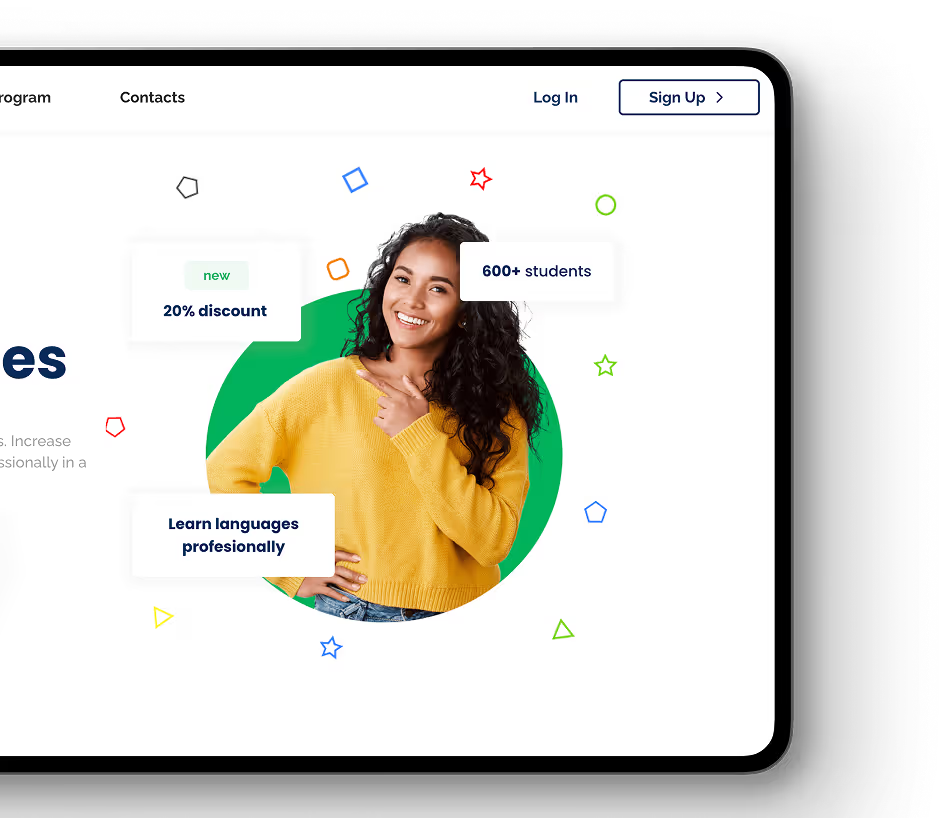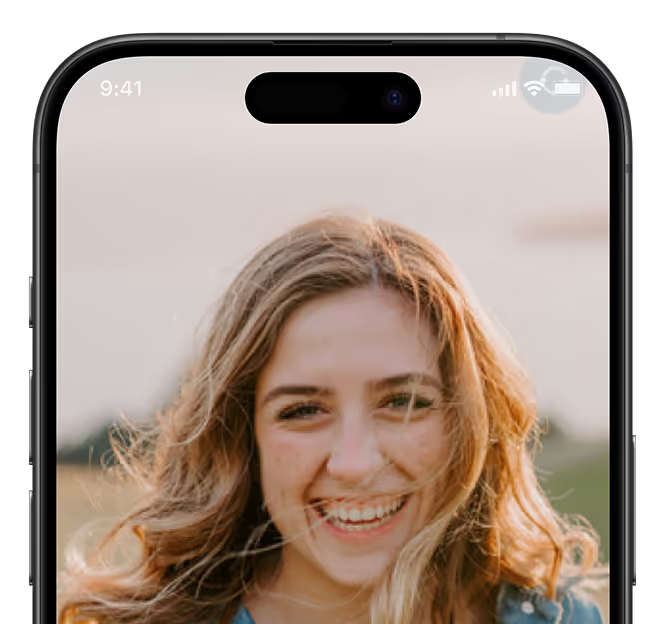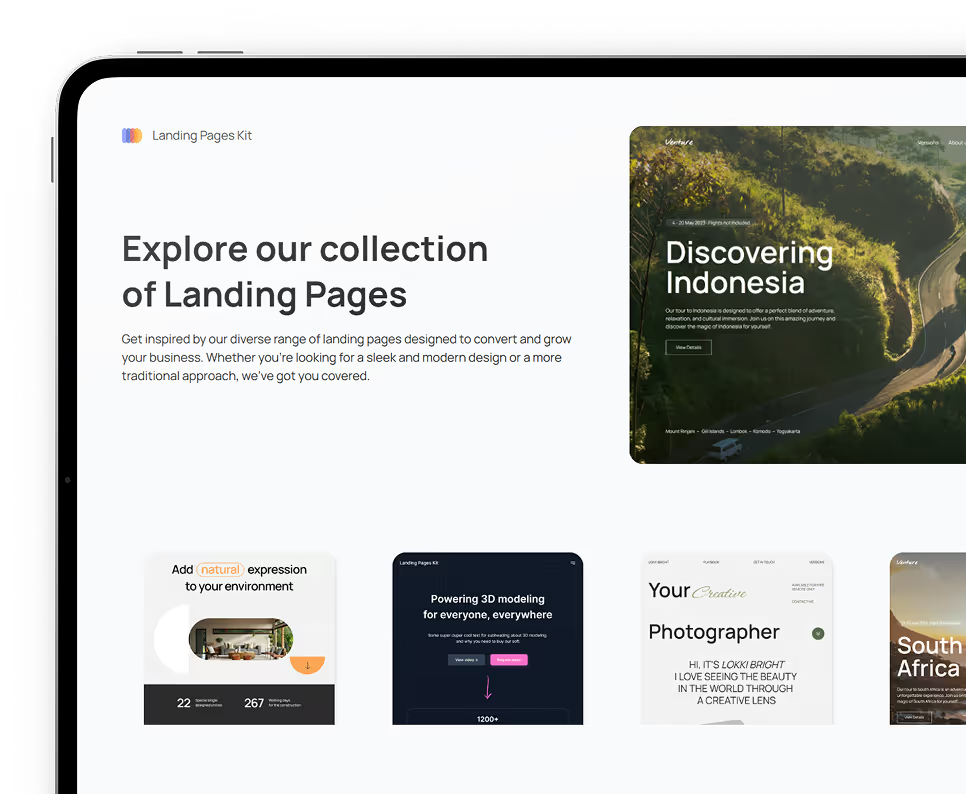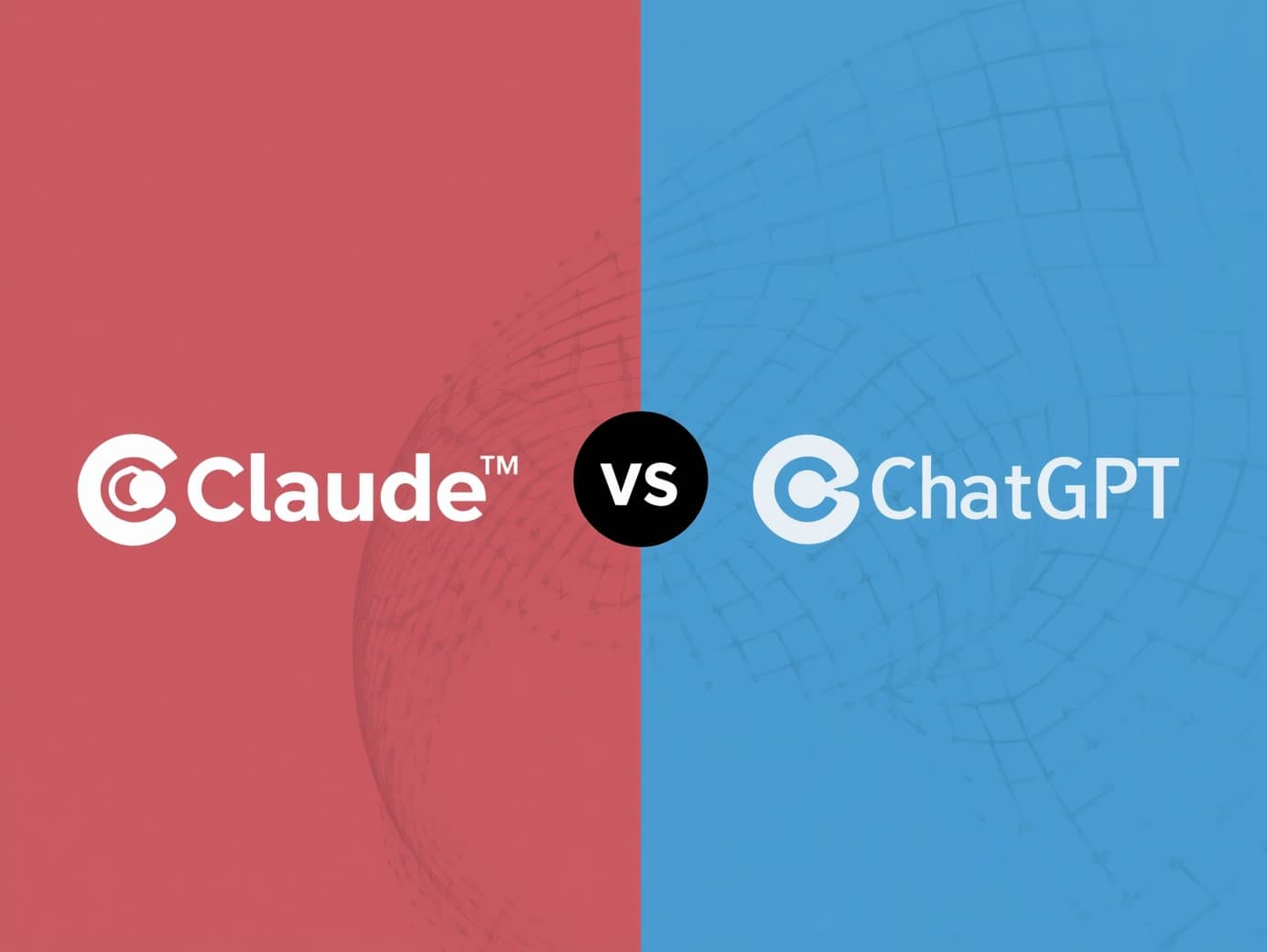December 16, 2022
•
4
min read
The Complete Guide To Bubble's API Connector
How does it feel to have the freedom to customize your web applications and make them more powerful? Well, Bubble's API Connector offers you that freedom.

How does it feel to have the freedom to customize your web applications and make them more powerful? Well, Bubble's API Connector offers you that freedom. It is a versatile tool that enables developers to access outside data from 3rd party services and integrate it into their app or website.
From simple user authentication to complex data manipulation, Bubble's API Connector can do it all. So, let's take a look at what this amazing tool can do and how it works.
What Is Bubble’s API Connector?
Bubble's API Connector is a powerful tool that allows developers to access external APIs (Application Programming Interface) to pass data from 3rd party services into their Bubble applications. JSON is the primary format of data transfer and you can offer parameters, body, and headers.
What Is An API Call?
An API call is a request sent from an application, such as Bubble, to a server (usually hosted by the 3rd party service). When this request is received, the server sends a response back to the application. This is how data and information can be exchanged between different services.
Using Bubble's API Connector, developers can access external APIs and manipulate their data within Bubble applications to add functionality or display it in custom ways.
How Does Bubble’s API Connector Work?
The following will help you understand the process of making an API Call in Bubble
1. Call Name
Firstly, you must set the name for each API call. It must be unique and will be used to refer to the call throughout Bubble.
2. Use As
This specifies what type of data you want the API calls to be used. If you choose actions, they will be plugin sections as actions. On the other hand, if you choose data, they will appear as "Get data from an external API" in the dropdown menu.
3. Authentication
To make a successful API call, you may need some form of authentication. Bubble supports different forms of authentication such as private key in URL, Oauth2 Custom Token, and HTTP Basic Auth.
Depending on the process chosen, a token is generated and used to authenticate the API call.
4. Delete Call
You can delete an API call if it is no longer needed.
5. Method
The HTTP method used to make the API call must be specified. It could be GET, PATCH, POST, PUT or DELETE.
6. URL
The URL is the address of the external API that you want to access. It is not sent to the user's browser when the call is made.
7. Body
This is where you can add the data that you want to send to the API. Unlike the URL, it's sent to the user's browser, making it client safe.
8. Headers
In some cases, you may need to include headers. This is where you click and configure a new HTTP header. You do have the option to make it client-safe so it is sent to you.
9. Body Type
The type of body you can include in the request is determined by the format of your data. It could be text, JSON, Form-data, or Raw. However, the majority of body types are JSON.
10. Parameters
These are the details you can send to your API to specify what data needs to be returned. Parameters are added as query strings and can be configured to be client-safe or hidden.
11. Include Errors In Response & Allow Workflow Actions To Continue
This option allows you to decide if failed API calls should be handled as errors or allowed to continue. Selecting the latter will allow the user to keep using their Bubble app even if an API call fails. Hence, you will be handling API call response errors yourself.
The four parameters you can control are the API status message, API status code, error's body response and the error’s has returned error.
12. Allow Call To Run Directly In The Browser Where Applicable
This option allows you to decide whether the API call should be sent directly from the user's browser instead of Bubble's server. The benefits of this option are that higher performance and the API call will not be included in the overall usage of Bubble's resources.
However, this option is only available to public APIs, that is authentication is set to none and private parameters or no headers.
13. Initialize Call
Initializing the call includes executing the API call and setting the output. It is done after you decide on the data and its type after which you then click Initialize. It is recommended to initialize or execute every call before using it in Bubble.
14. Setup
Install the plugin, API Connector from the plugin library after which you can begin setting up certain settings or configurations for each API or call.
Development Services To Drive Your Business Objectives
Bubble’s API Connector is a powerful tool you can use to integrate your applications with external APIs quickly and easily. With its powerful features, you can easily make API calls without any prior coding knowledge. And with the help of developers and consultants, you can leverage external data and services to drive your business objectives.
If you need help setting up Bubble’s API Connector, look no further! Rapid Dev offers comprehensive development services that can help you get the most out of your Bubble application. Learn more about our development services and see how we can help you get the most out of your application.
Check Out What We Can Do For You!
Ready to kickstart your app's development?
Connect with our team to book a free consultation. We’ll discuss your project and provide a custom quote at no cost!
Latest articles
We put the rapid in RapidDev
Ready to get started? Book a call with our team to schedule a free consultation. We’ll discuss your project and provide a custom quote at no cost!











